Turmeric root has been used for thousands of years as a spice, turmeric remains a popular ingredient in Asian and Middle Eastern cooking. It is especially recognized in Indian cuisine and is often added to curry powders, lentils, and potato dishes. The colorful and fragrant rhizome adds a unique and earthy flavor to stocks, sauces, and rice dishes. Because of its vivid hue, it has also been used as a food coloring in mustards, popcorns, cheeses, and yogurts.
Turmeric supports healthy joint mobility, and reduces inflammation.
Turmeric is an important herb in Ayurveda and Traditional Chinese Medicine. It has a history of use spanning millennia and is considered energetically hot. The aromatic, dried rhizome tastes mildly pungent and is slightly bitter. Turmeric is a key ingredient in many Fire Cider recipes.
Turmeric root’s main constituent, curcumin, is thought to be responsible for many of the rhizome’s wellness-supporting properties and results in its brilliant yellow color.
Turmeric has integrated itself into herbalism, food, and other cultural traditions. Saffron and the turmeric powder have both been used to dye the robes of Buddhist priests and Indian saris. Turmeric is occasionally referred to as Indian saffron for its golden color, although it differs greatly in taste and price. Turmeric powder has also been used as ritual offerings in Hinduism.
Dried turmeric root can be added to tea blends for an earthy flavor. A popular culinary spice, turmeric can also be infused into rice dishes and soups. The dried root can be used in gargles, tincturing, and as a natural dye.
2 ounces dried root pieces, or powder
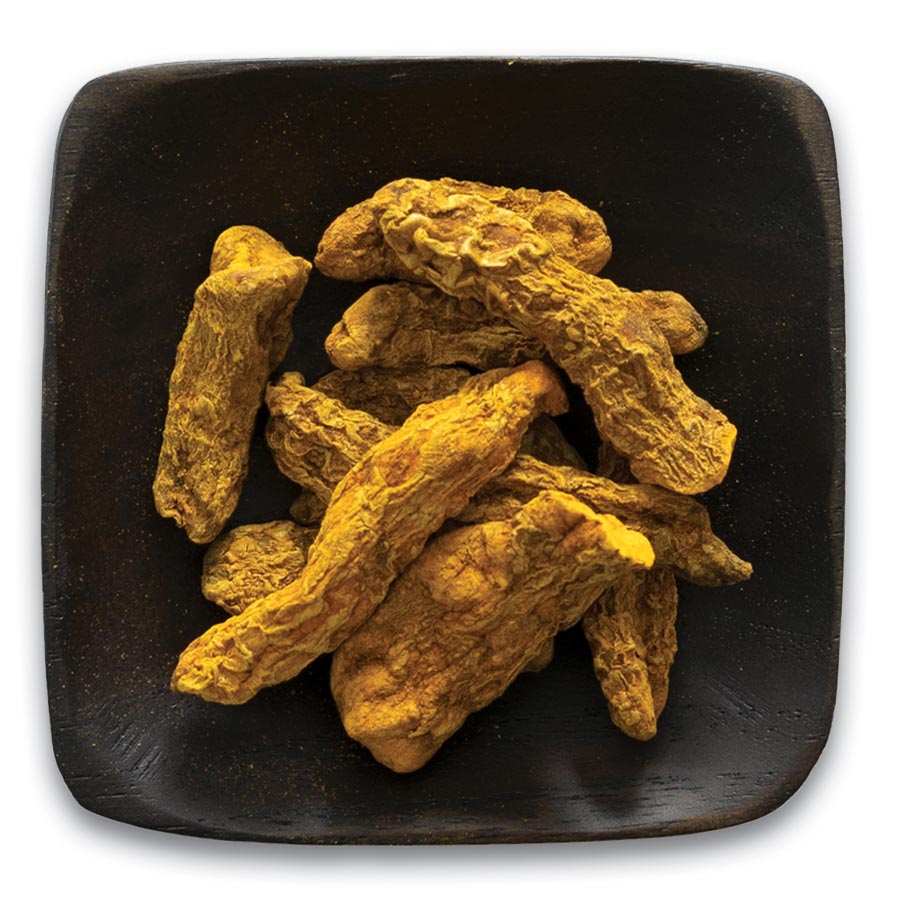

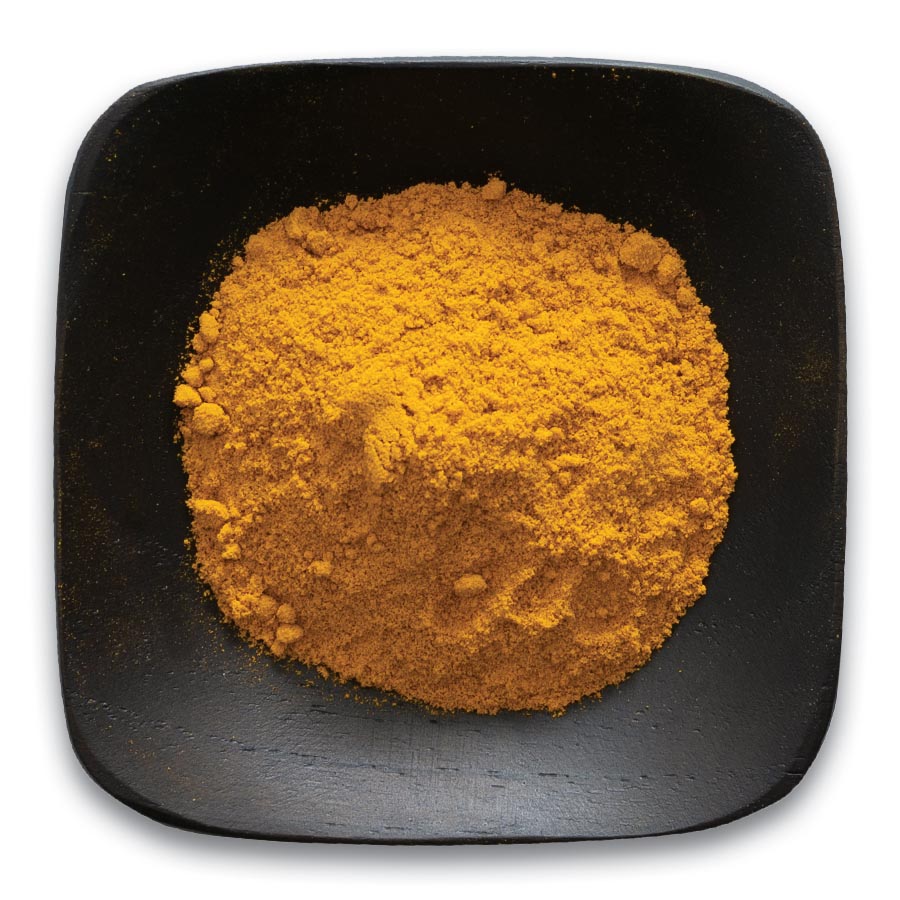
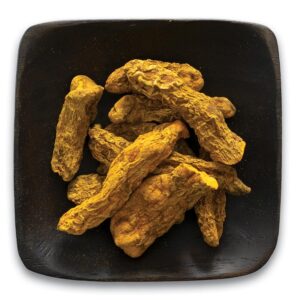



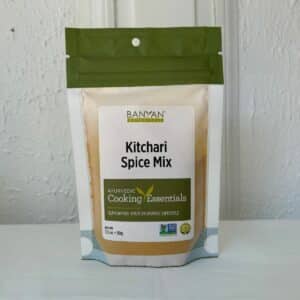
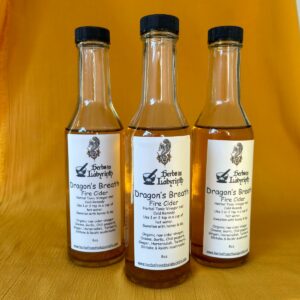
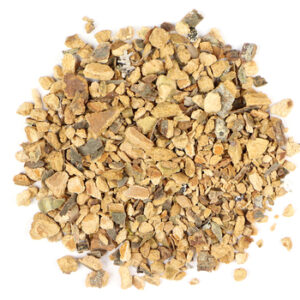
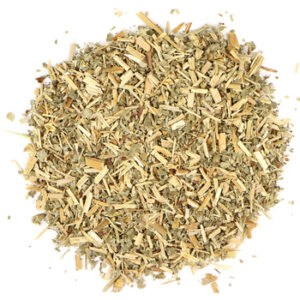
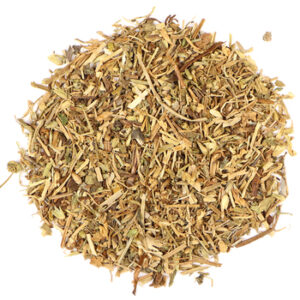

Reviews
There are no reviews yet.